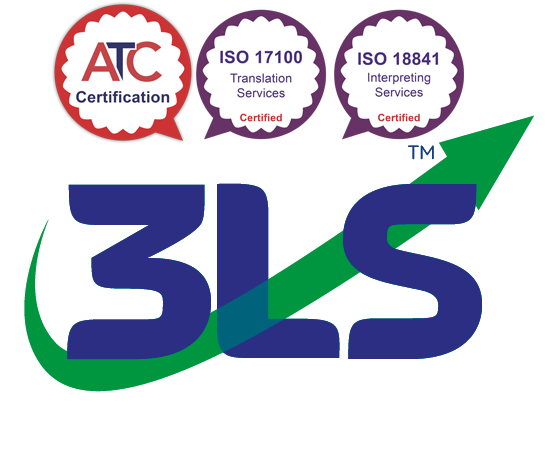Size is no guide – there’s super small ones and rotten big ones. We’ve been finding great language partners for 25 years, so here’s some of what we look for!
1. Can you trust what you see? Fancy websites DON’T guarantee good translators – buying a website’s easy so always dig deeper! In particular distrust “boilerplate” language pages – if a company offers a huge list of languages which all generate identical “Our [insert language here] translators are all…” type pages, they’ve probably little interest in the language beyond selling it. Look for language pages that are specific, informative and knowledgeable – it’s a good indicator the company CARES about the language (and getting it right). Perhaps something like our French or German pages.
2. Location, location, location! A really capable company’s probably not based in a bungalow so check the address – this SHOULD be on the Contact page. If there ISN’T an address – ask yourself, “what are they hiding?” If there IS one, Google the street and town – if no other businesses come up, it’s probably a residential “home office”, so a one- or two-person operation. Google’s marvellous Street View tool is even better!
Ask yourself – would a “leading language company” really be based in “Flat 3, Robin View, Camber Sands“? Oh – watch PO Boxes too, these can be VERY dubious.
3. They serious? Websites are a good guide – if they’re poorly worded and contain spelling errors, inaccuracies or bad links, it’s like walking into a car showroom with grubby oil-dripping vehicles. A company that neglects its own shop window probably won’t look after you either. That said, a shiny website’s easy and cheap so however good it looks, DO dig into the detail.
4. Got history? Everyone starts somewhere – it’s up to you whether to choose a new entrant, cheaper but lacking experience, or an established player with reputation and experience. Reputable providers will be proud of their history – we’ve been going since 1990, delivering over 46,000 projects (that’s 48 million words and over 17,000 interpreting assignments)
Newcomers can be good, and we’ve found some stars over the years, but we’ve ditched far more that are less able. Unless you can QA language yourself, it’s wise to leave trying-out new providers to professionals able to spot – and fix – poor product.
5. Qualified? Language is big business and has inevitably attracted many less capable players (just Google “MoJ interpreting fiasco”). For a language company that understands the question, you should – as a minimum – be looking at senior and project management with good language qualifications. Always check a potential provider’s About Us page. If you don’t see good, specific language qualifications, beware…

